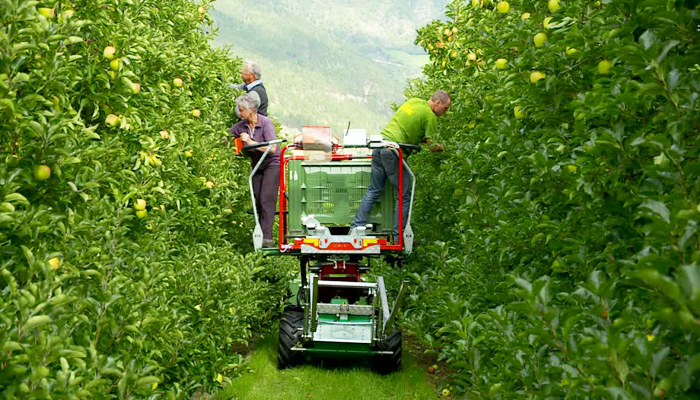Driving Innovation in Agriculture – Laboratory Information Management Systems
Within an age of quick technological advancements, the agricultural industry is undergoing a powerful change that offers to reinvent the way we produce food. In the middle with this alteration is the integration of Laboratory Information Management Systems LIMS into farming methods, ushering inside a new daybreak of performance, precision, and sustainability. Usually, farming is a huge work-rigorous undertaking, with farmers depending on encounter, intuition, and manual document-trying to keep dealing with their operations. However, the development of LIMS into agriculture is changing the game. LIMS, in the beginning developed to enhance laboratory workflows and data management, are simply being adjusted to deal with the unique difficulties experienced by modern day farmers. Among the important benefits associated with LIMS in farming is the improvement of data-driven decision-making. Agriculture is now increasingly data-centric, with devices, drones, as well as other sophisticated technologies creating a wealth of information about soil composition, weather patterns, crop health, and more.

LIMS offer a centralized platform to gather, organize, and assess this data, permitting farmers to make educated choices about planting, irrigation, fertilization, and pest control. By benefiting these insights, farmers can optimize results in, decrease waste, and minimize environmental impact. In addition, LIMS assist in traceability and quality control throughout the entire supply chain. From seed to food market, the entire agricultural quest can be carefully followed and noted making use of LIMS. This not just assures the safety and credibility of food products but also increases openness for customers who happen to be progressively challenging information in regards to the origin and production ways of those items they purchase. As a result, LIMS contribute to building have confidence in and building up the relationship between farmers and consumers. The integration of LIMS also paves the way for precision agriculture, an exercise that tailors farming methods to certain plots of territory rather than dealing with job areas as standard entities. This method decreases resource wastage, optimizes useful resource allocation, and decreases the need for too much chemical inputs.
As sustainability gets to be a critical concern in the deal with of climate change and source depletion, precision agriculture operated by LIMS supplies a persuasive solution. Additionally, LIMS empower collaboration and data sharing within the farming neighborhood. Farmers can change insights, greatest practices, and instruction learned through the digital infrastructure given by LIMS. This combined intelligence will help newcomers overcome difficulties more effectively, accelerating the adoption of sustainable and successful farming methods over a wider size. Regardless of the unquestionable benefits, the adoption of LIMS in farming does include obstacles. Preliminary set up charges, technical training, and data security issues are probably the difficulties that must be resolved. However, because the technology grows and grows more available, these limitations will likely reduce over time. By utilizing the potency of data, precision, traceability, and collaboration, LIMS are catalyzing a new period of farming which is more effective, sustainable, and responsive to the requirements of equally producers and consumers and learn more. As being the direct sun light goes up for this new daybreak in farming, it gives by using it the possibility to reshape the way you nurture our own selves and our planet.